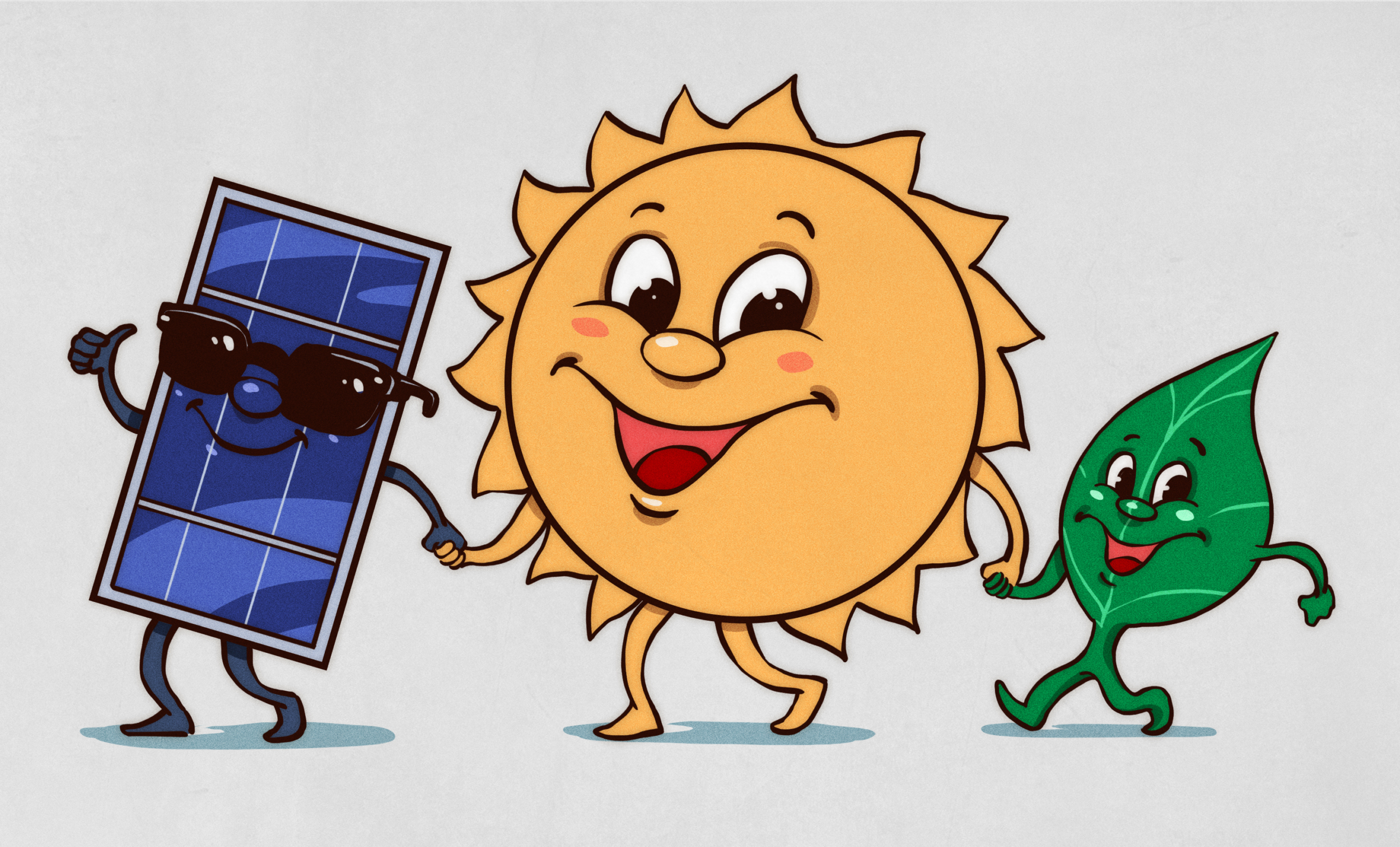Agrivoltaics Is A Land Usage Hack For Maximum Productivity
Land tends to be a valuable thing. Outside of some weird projects in Dubai, by and large, they aren’t making any more of it. That means as we try to feed and power the ever-growing population of humanity, we need to think carefully about how we use the land we have.
The field of agrivoltaics concerns itself with the dual-use of land for both food production and power generation. It’s all about getting the most out of the the available land and available sunlight we have.
Two Things At Once
The world has limited land that is suitable for food production. Prime agricultural land is prized for its ability to grow crops at high yields. This often comes down to factors like favorable soils, readily-available water supplies, and plenty of sunlight.
As it turns out, though, agricultural land is perfect for installing solar panels, too. Solar installations want as much sun as possible, and they don’t like getting too hot. The cooler, moist conditions of farming lands make them more attractive than deserts for solar panels, as the lower temperatures help the panels remain in their most efficient operating range.
Thus, for land with plenty of sun and mild conditions, it makes sense to try and use it for both food production and power generation. The field of agrivoltaics concerns itself with finding optimum methods to achieve this.
The most important consideration is one of shade. If the solar panels are installed without due care, there will be insufficient sunlight to grow any meaningful produce. At that point, you’re just doing photovoltaics, and you’ve thrown the agriculture out the window. Typically, the trick is to raise the panels at a significant height off the ground to allow workers and machinery to access the crops below. This does add significant cost, which is the trade-off for such combined installations.
When it comes to agrivoltaics, plant choice is key. Those that grow well in shady conditions are ideal, while those that require full sun are a poor choice. Tomatoes, lettuce,…

